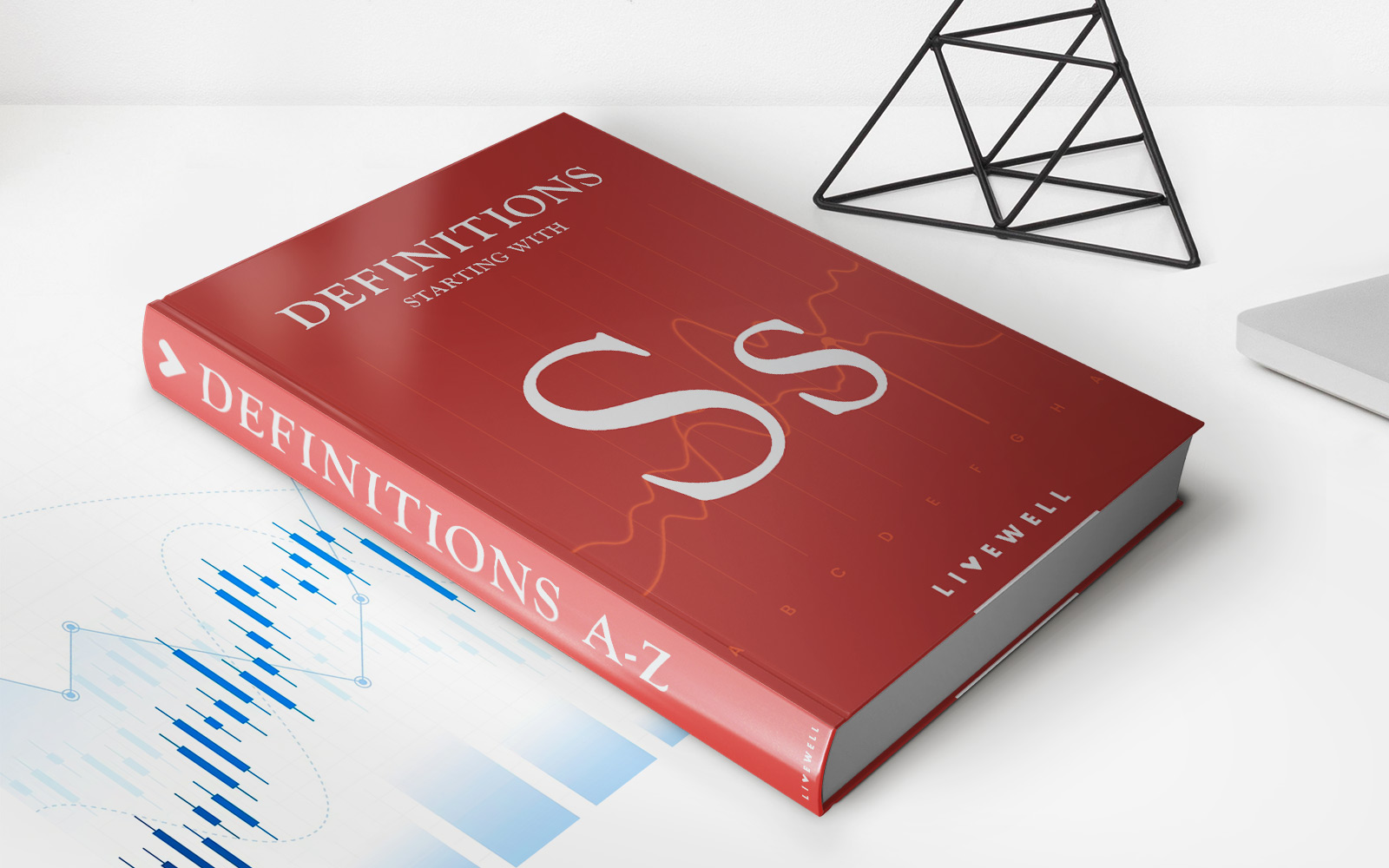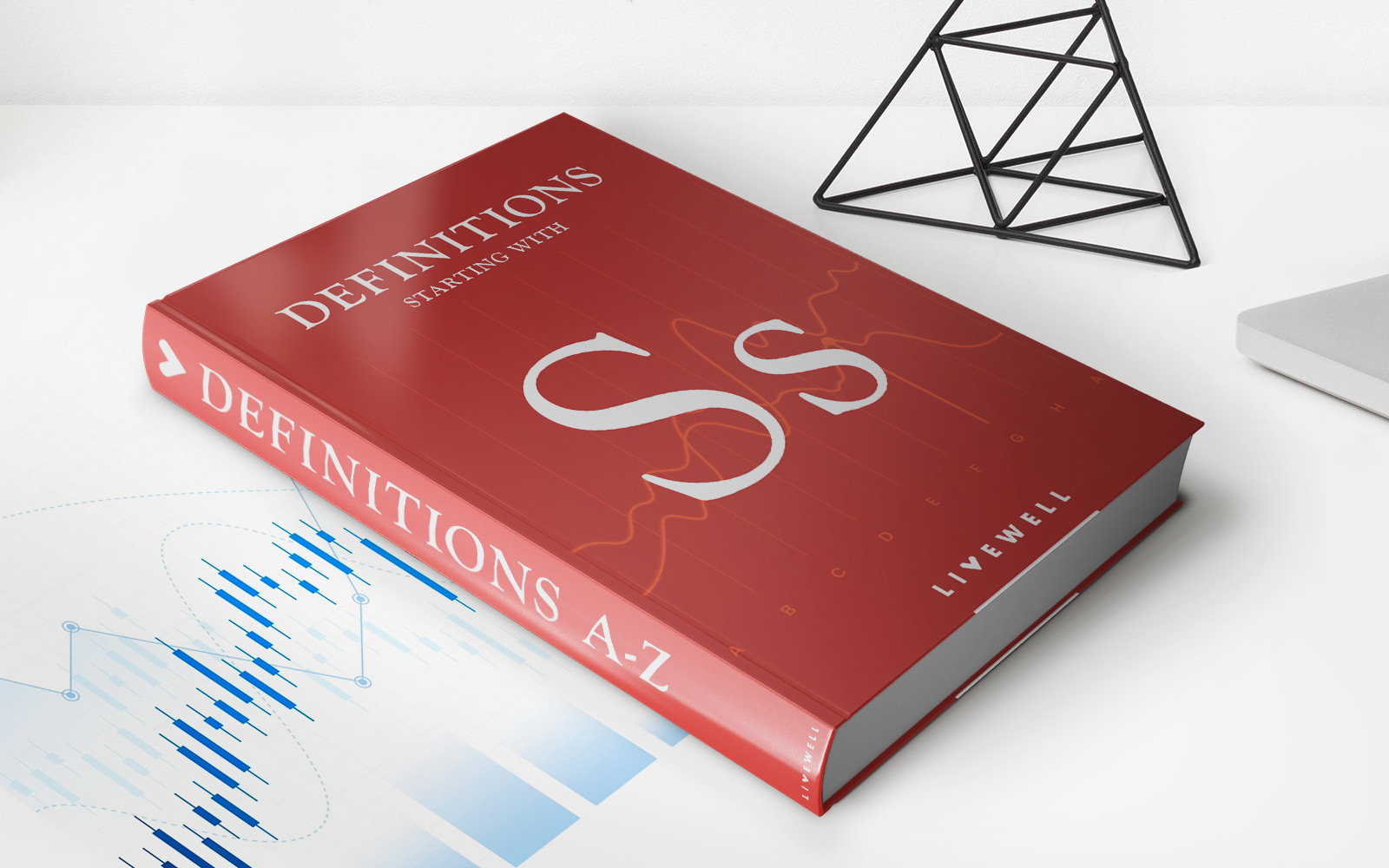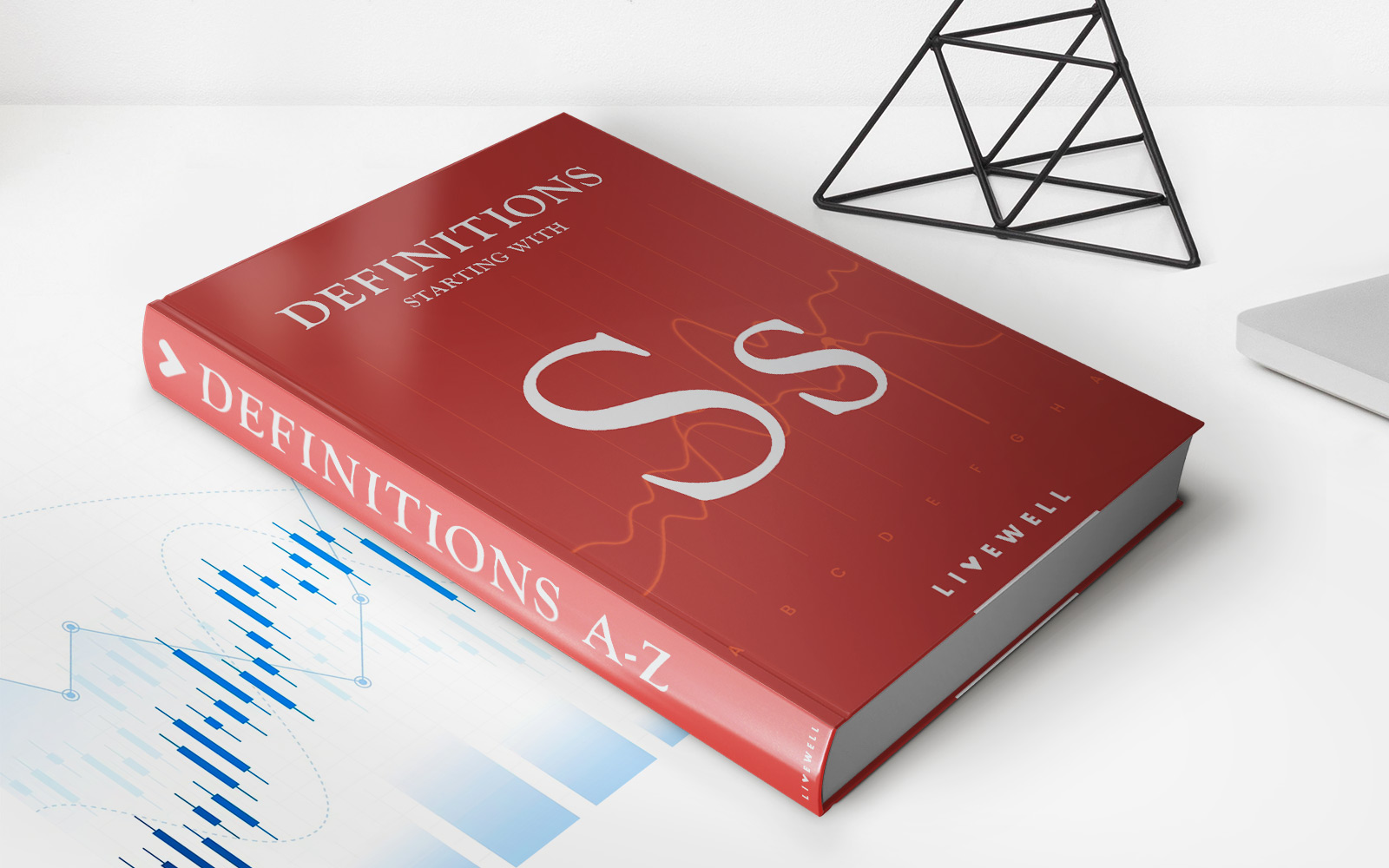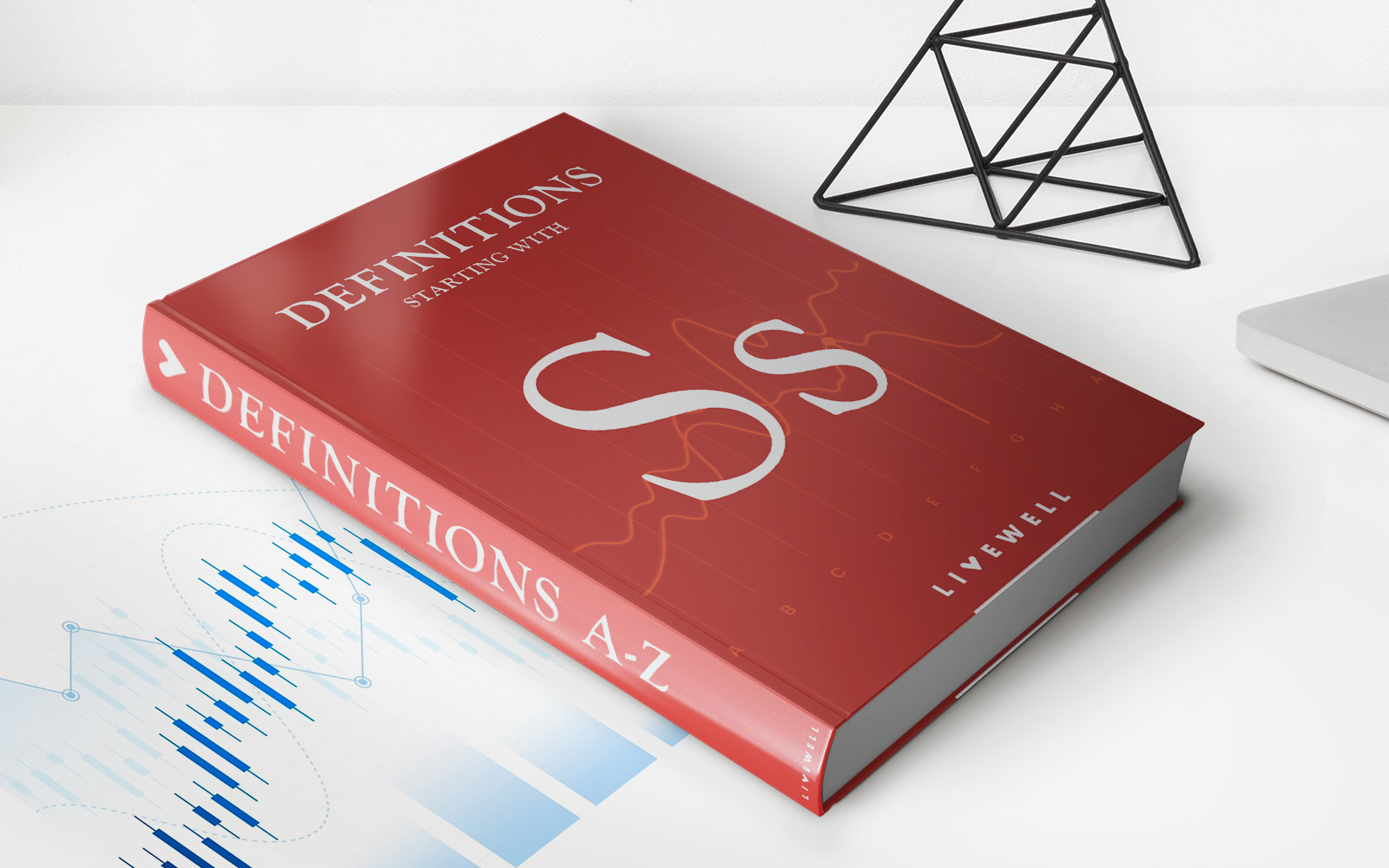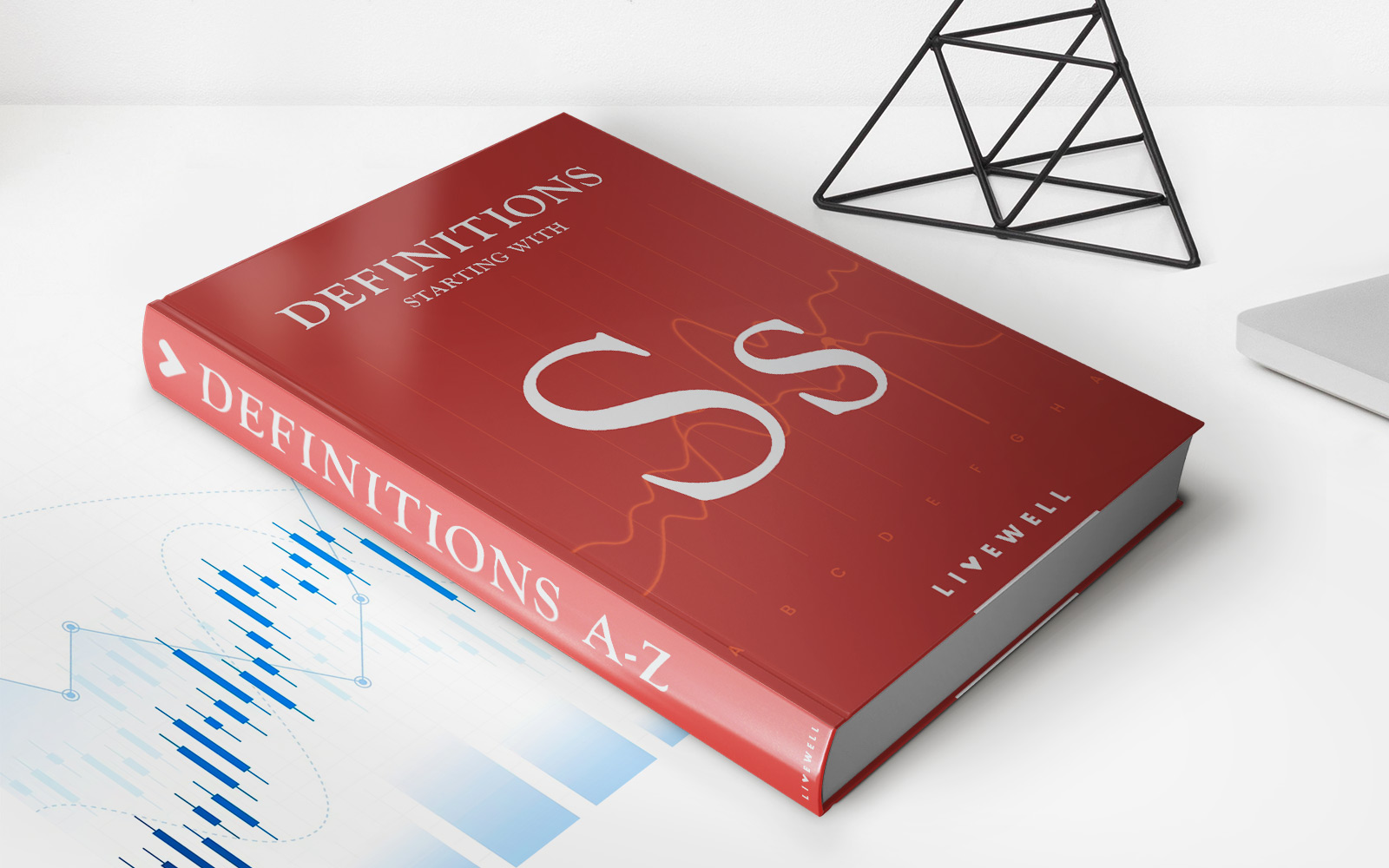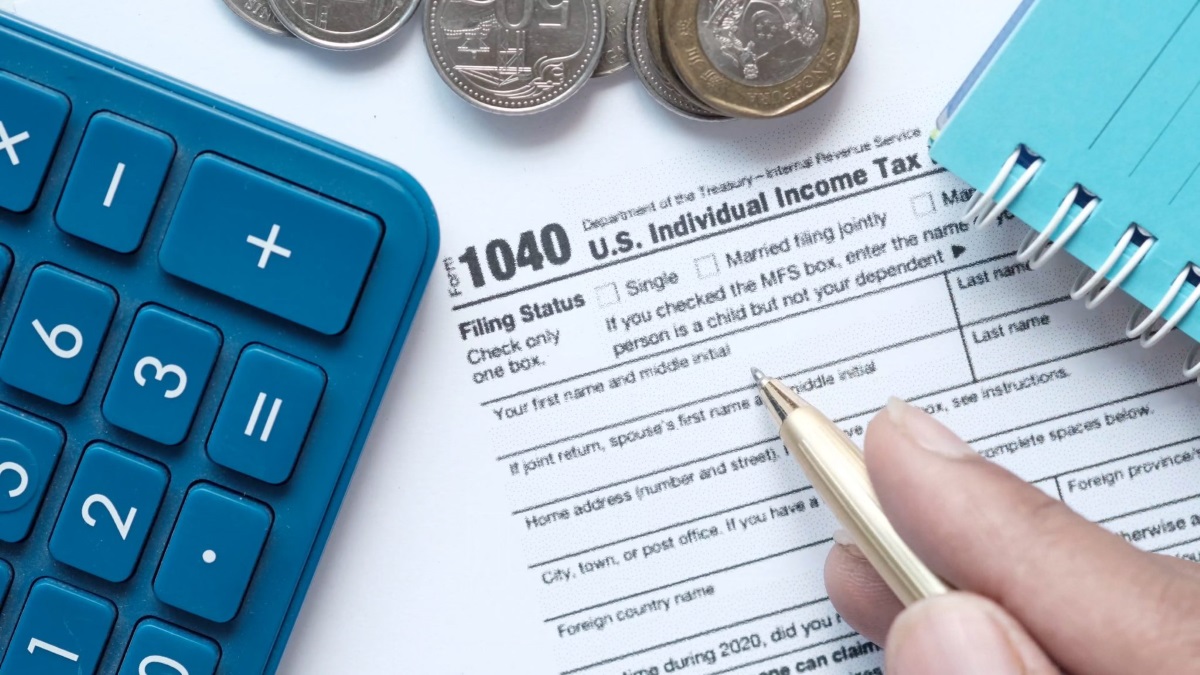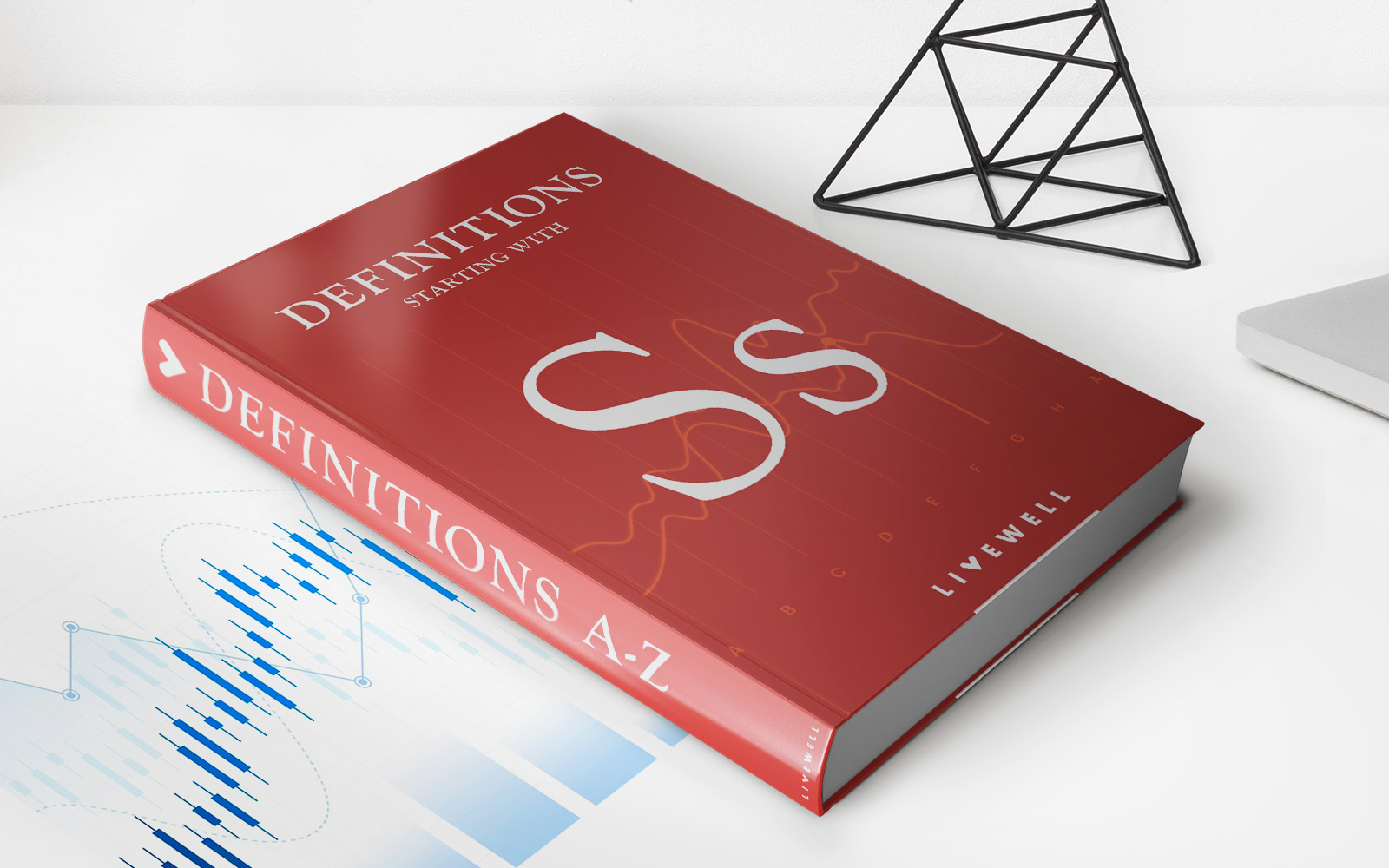

Finance
Short-Form Report Definition
Published: January 28, 2024
Learn the definition of short-form reports in finance and how they can help you analyze financial data efficiently. Discover the benefits of using short-form reports for your financial decision-making.
(Many of the links in this article redirect to a specific reviewed product. Your purchase of these products through affiliate links helps to generate commission for LiveWell, at no extra cost. Learn more)
Short-Form Report – A Simple Guide to Understanding and Utilizing It
When it comes to managing your finances, staying informed about your financial situation is vital. One tool that can help you gain a clear picture of your financial health is a short-form report. In this blog post, we will explore the concept of a short-form report and how it can be beneficial for your financial well-being.
What is a Short-Form Report?
A short-form report is a concise document that provides a summary of important financial information. It is typically used by individuals, businesses, and organizations to track their financial performance and make informed decisions based on the findings. Unlike comprehensive financial statements, a short-form report focuses on highlighting key financial figures and trends, allowing you to quickly grasp the overall financial situation.
Key Takeaways:
- A short-form report is a condensed document that provides a summary of financial information.
- It is used to track financial performance and make informed decisions.
Why Use a Short-Form Report?
There are several benefits to utilizing a short-form report as part of your financial management strategy:
- Time-Saving: With its concise format, a short-form report allows you to quickly analyze the most critical financial information without having to sift through extensive documents.
- Informed Decision Making: By providing an overview of key financial figures and trends, a short-form report enables you to make informed decisions regarding budgeting, investment, and financial planning.
- Easy Communication: Short-form reports are often used in presentations or meetings to convey financial information to stakeholders effectively.
- Clear Financial Snapshot: A short-form report condenses complex financial data into easy-to-understand charts, tables, and summaries, helping you gain a clearer picture of your financial situation.
How to Create a Short-Form Report?
Creating a short-form report involves several steps to ensure accuracy and effectiveness:
- Define the Purpose: Determine the specific purpose of your short-form report. Are you using it for personal financial tracking, business analysis, or presenting to stakeholders?
- Select Key Financial Information: Identify the most important financial figures, such as revenue, expenses, profit/loss, cash flow, and any other metrics relevant to your situation.
- Design a Clear Layout: Use visually appealing charts, tables, and summaries to present the information in a logical and easy-to-understand format.
- Provide Context: Include a brief explanation or analysis of the financial data to give readers a better understanding of the significance of the numbers.
- Regular Updates: Update your short-form report regularly to ensure that the information reflects the most current financial status.
In Conclusion
A short-form report can be a valuable tool in understanding your financial situation and making informed decisions. By condensing complex financial data into an easy-to-understand format, it allows you to quickly analyze key figures and trends. Whether you’re an individual managing personal finances or a business tracking performance, incorporating a short-form report into your financial management strategy can provide clarity and help you stay on top of your financial goals.
